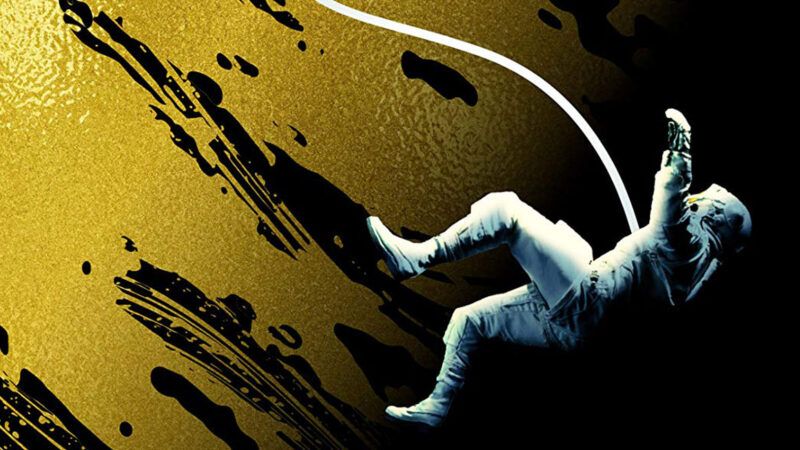Project Hail Mary
In the new sci-fi novel, humanity manages to save itself not with social revolution but through reason, technology, and innovation.

Anyone still eager for world-ending drama after the past 18 months of doom, gloom, and death might want to pick up Project Hail Mary. The latest novel from The Martian author Andy Weir (famous for turning a self-published novel into a huge hit, then a huge hit movie) puts readers in the shoes of Ryland Grace, an extremely overqualified middle school teacher who has predictably been called upon to save the world.
The plot treads some pretty familiar sci-fi ground: a mysterious existential threat from space, robots, aliens, and a last-ditch mission to save humanity, all delivered with enough ready-for-cinema twists and turns to keep the reader interested.
Weir, as usual for him, manages to give enough scientific detail to make his futuristic settings feel lived in while not giving so much that a lay reader becomes bored or confused.
The impending global ice age the characters are trying to prevent is a clear stand-in for catastrophic climate change, but the parallels are not heavy-handed. If anything, Weir delivers his climate science fiction with an optimistic, almost Randian twist. Humanity manages to save itself, not with social revolution but through reason, technology, and innovation.
Rent Free is a weekly newsletter from Christian Britschgi on urbanism and the fight for less regulation, more housing, more property rights, and more freedom in America's cities.


Show Comments (30)